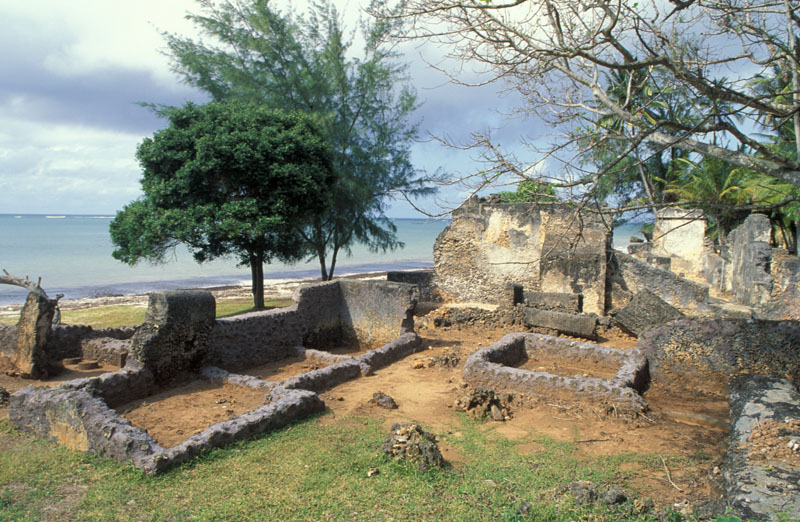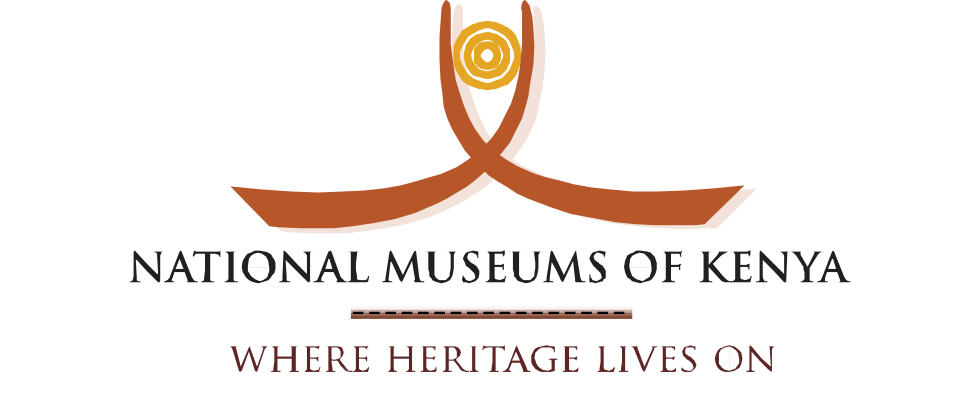
The full name Jumba la Mtwana means in Swahili “the large house of the slave”. Within this area four mosques, a tomb and four houses have survived in recognizable condition. These houses include the House of the Cylinder, The House of the Kitchen, The House of the Many Pools, which had three phases, and the Great Mosque. The inhabitants of this town were mainly Muslims as evidenced by a number of ruined mosques.
Jumba la Mtwana a picturesque ruined village is situated in Kilifi along the Kenyan coast. The site lies some 15 kilometers north of Mombasa on and above the beach some 1000 meters north of the mouth of Mtwapa creek; 4 kilometers from the Mombasa-Malindi road and extends along the shore for a distance of about 300 meters and 250 meters inland.
There are no written historical records of the town but ceramic evidence showed that the town had been built in the fourteenth century but abandoned early in the fifteenth century. The dating is based on the presence of a few shreds of early blue and white porcelain with lung-chuan celadon, and the absence of any later Chinese wares.
It is most likely the site’s strategic position was selected because of the presence of fresh water, exposure to the North East and South East breezes which would keep the people cool and its safe location from external attacks by sea since it had no harbor, thus larger vessels had to anchor along way offshore, or move probably in Mtwapa creek. One can only therefore guess reasons for its eventual desertion, namely trade interruption, hostile invasion or a failure in water supply.
Clearance and excavation of the ruins were first carried out in 1972 by James Kirkman with a view of dating the buildings, its period of occupation and consolidating buildings which were in danger of collapse. Ten years later Jumba la Mtwana was gazetted on 04/06/82 Gazette Notice Number 1515 as a National Monument.
Contacts
William Mutta Tsaka
Curator
O712458035
wtsaka@museums.or.ke
